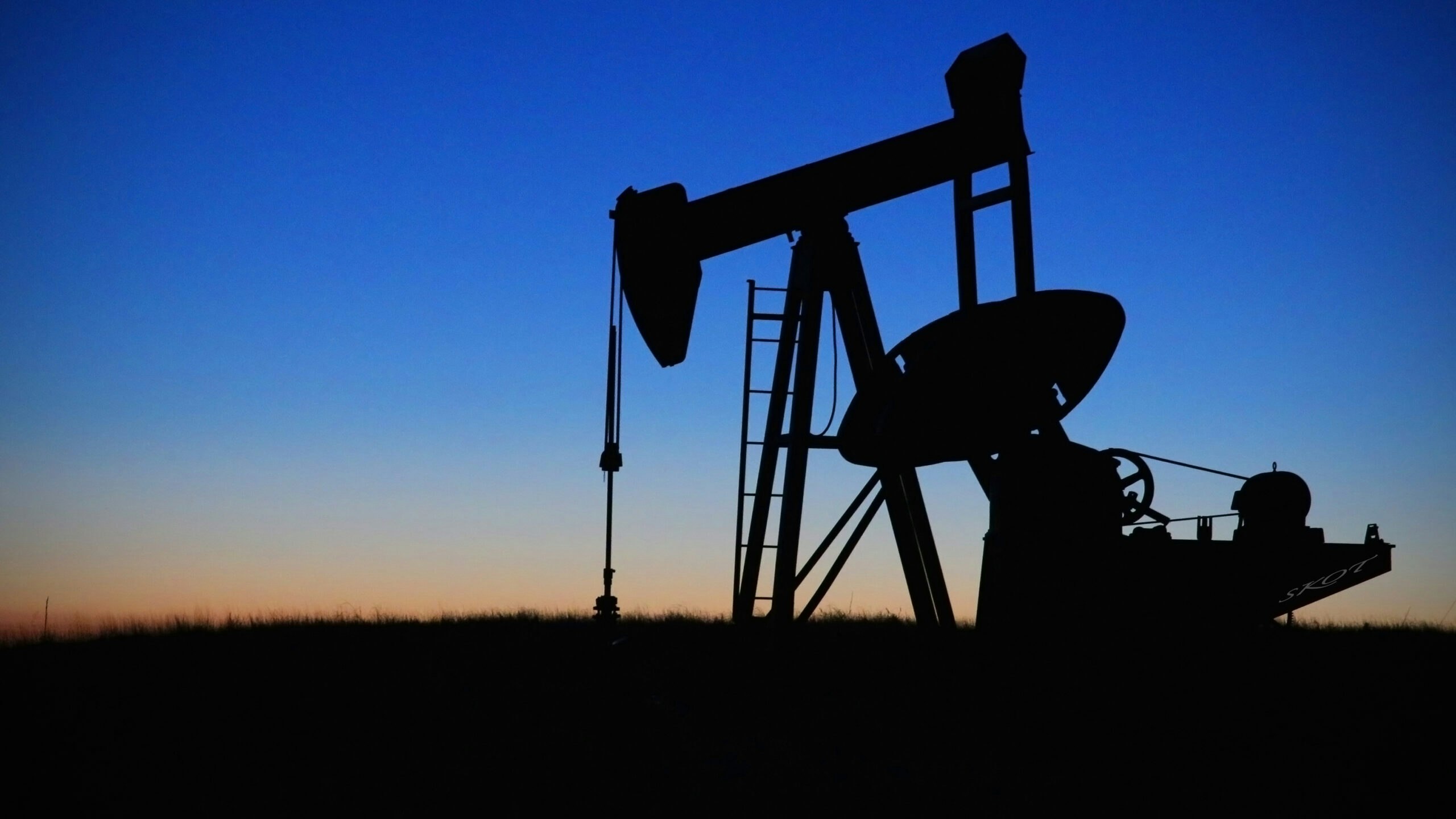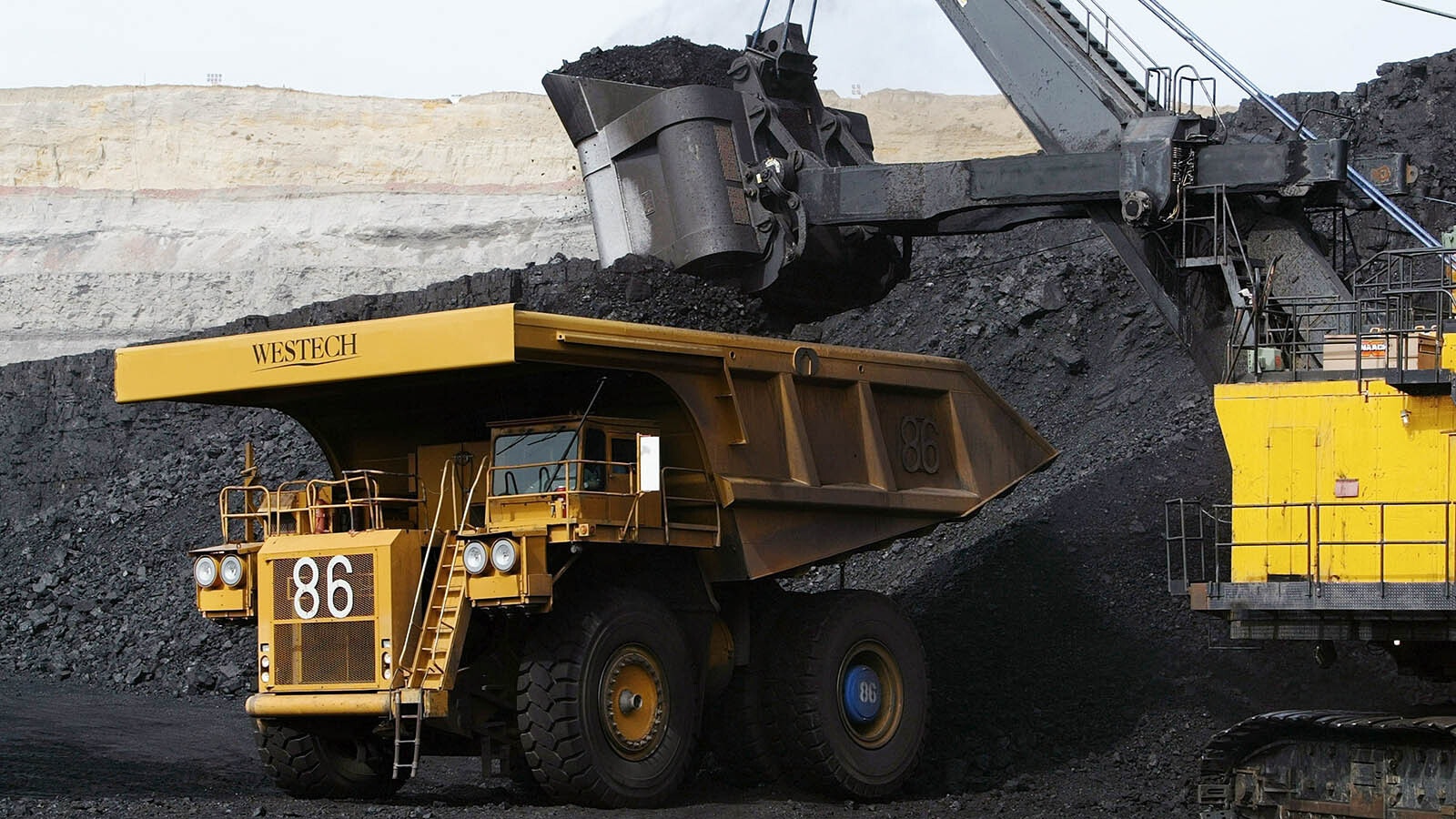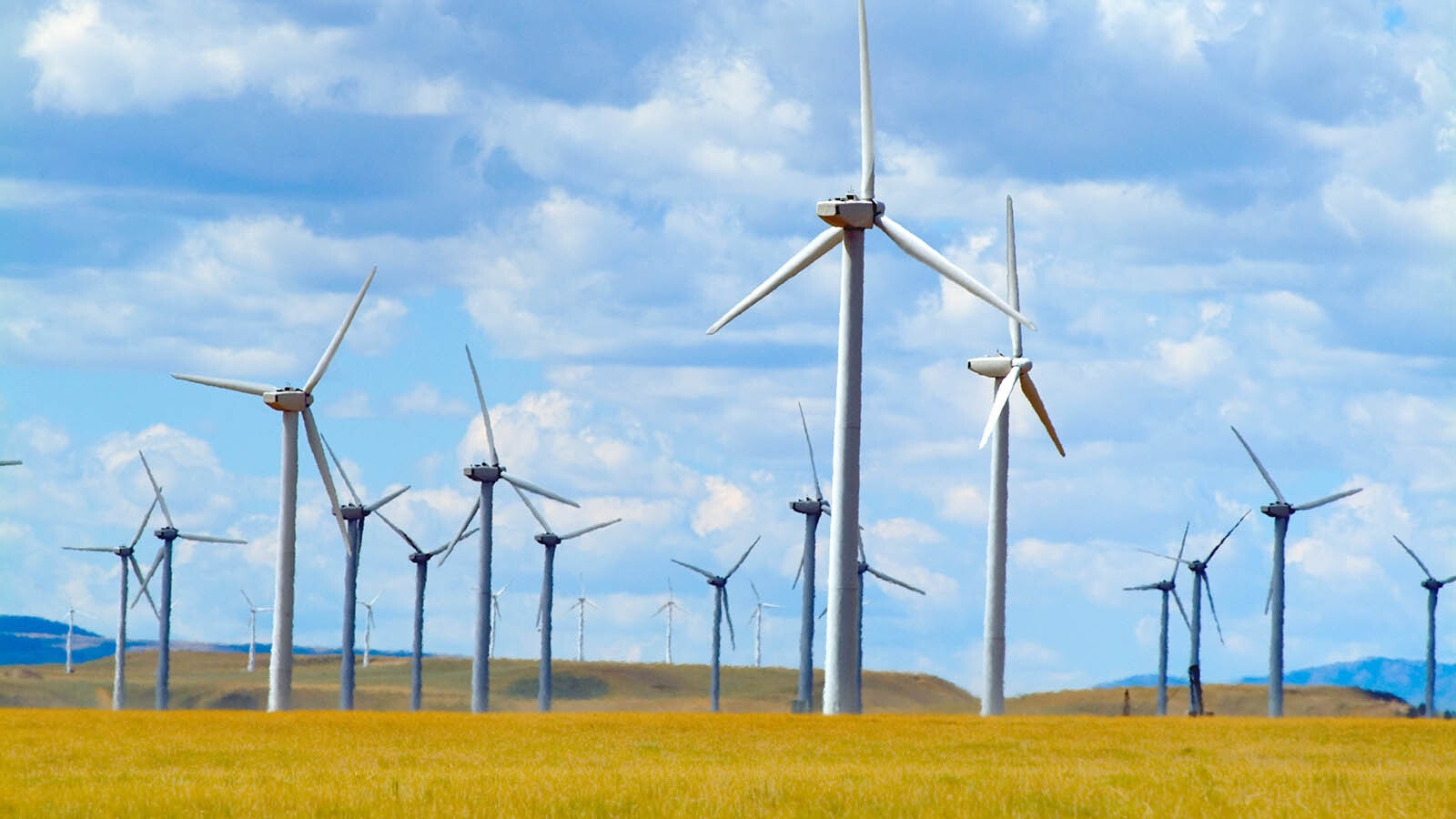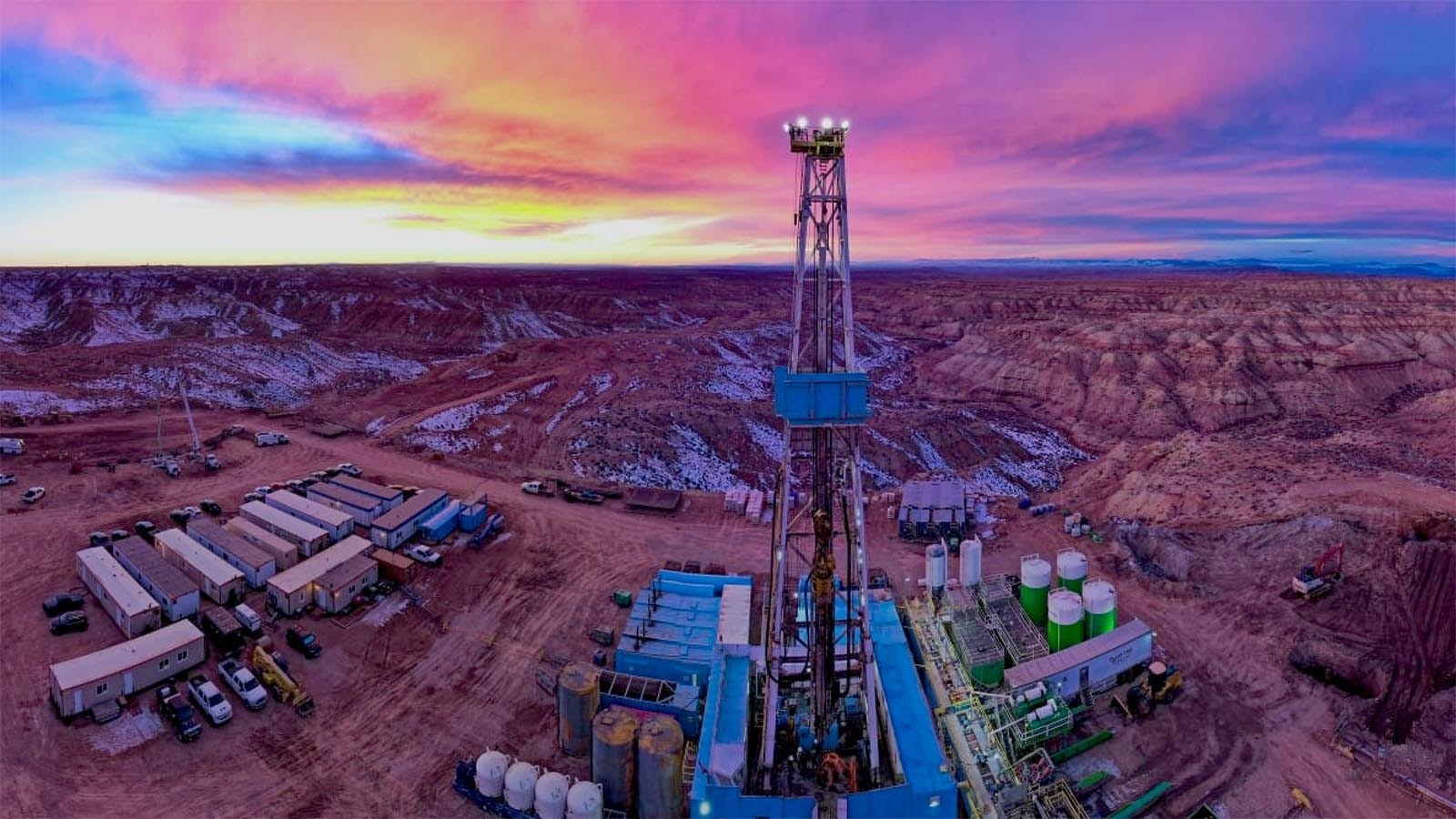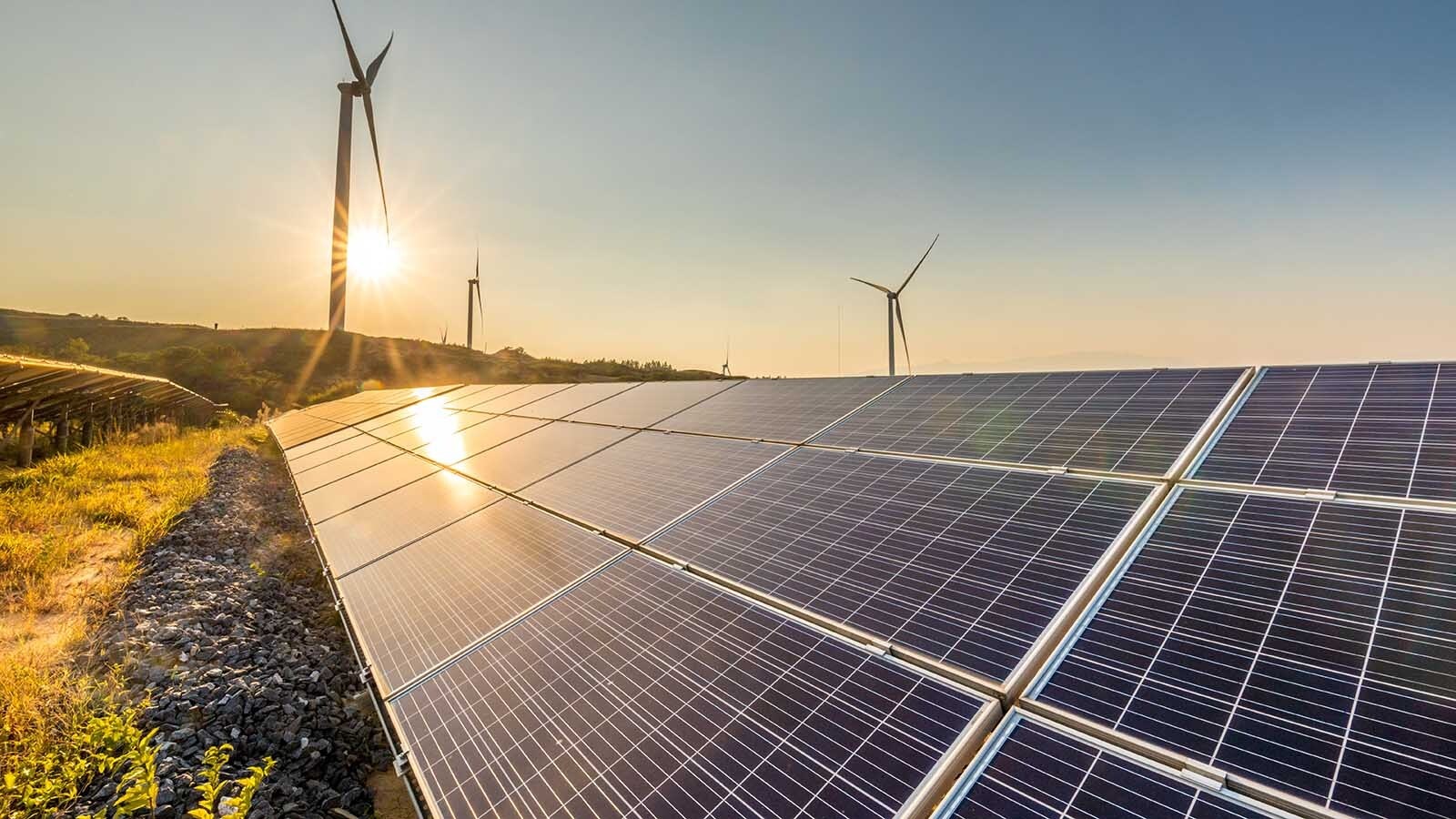As coal, oil and natural gas revenues decline, state legislators could have some hard decisions ahead, according to information generated by a strategic planning effort created by Gov. Mark Gordon.
Dubbed “Power Wyoming,” the planning effort forecasts several scenarios for mineral-based state revenue streams during the next five years, all of which predict a deficit in coming years.
The information compiled by Power Wyoming was presented to the Wyoming Legislature’s Joint Revenue Committee on Nov. 11.
“The best projections in this model are very unlikely, and the worst are the most likely,” said Sen. Cale Case, R-Lander, the Senate committee’s chair. “That’s very scary.”
Case worked on Power Wyoming with Rep. Dan Zwonitzer, R-Cheyenne, chairman of the House Revenue Committee. Also on the team were members of the executive branch and economists familiar with the state’s energy sector such as Rob Godby, the University of Wyoming director for Energy Economics and Public Policies Center and a College of Business associate professor.
Zwonitzer said the planning effort is the starting point to prepare for diminishing mineral revenues.
“Power Wyoming is just the first step of saying, ‘Here’s what’s going to happen to Wyoming,’” he said. “The group was formed to get the message out there: ’It’s real, and it’s bad.’”
Renny MacKay, Gordon’s policy adviser, said Power Wyoming was not established to be a group of individuals working on potential solutions to the state’s revenue problems, but rather a group of experts working to gather to analyze data.
“This is a cone of different scenarios for both revenue and energy production,” MacKay said.
In its current iteration, Power Wyoming provides insight by compiling information from the state’s Consensus Revenue Estimating Group and the U.S. Energy Information Administration, among others.
“Energy production is declining … and if there is production decline, the traditional jobs we have in Wyoming would be impacted,” MacKay said. “Information gives us power. The more we look at it, the more we talk about it, we can figure out what our opportunities are as a state.”
Worst case scenarios
While the coal industry’s struggles are being felt across the state, Case said Power Wyoming illuminated potential problems with the natural gas sector as well.
“I did not realize the issues with natural gas were as serious as they are,” he said. “Everybody else is thinking natural gas is doing great, and it’s not.”
The planning effort’s initial simulation results highlight some scenarios where the state’s total mineral revenue drops by 10 percent as early as 2020-2022 before a potential partial recovery by 2024. Some scenarios show a full recovery to expansion in revenues, but Power Wyoming reports they are the least likely cases within the current market conditions and expectations.
Most scenarios predicted a decrease in both Wyoming’s total employment and population, but in the worst case scenarios, the state’s total employment could decrease by about 20,000 jobs by 2024, followed by a similar decrease in population.
“In the next five years, there’s no way to absorb those (lost) jobs,” Zwonitzer said. “That means we’ll either have to have an increase in taxes, or a decrease in government services.”
In the worst case scenarios, he said the state would most likely need to pursue both.
“We’ve lived a certain way in this state for 100 years with minerals paying the taxes,” Zwonitzer said. “That major revenue source is going away. So what does that look like for our future, and what do we want to do about it?”
Unreliable oil
Some of the scenarios, including those in the best case category, relied heavily on increased oil production balancing decreased coal and natural gas production. But Case warned against putting faith in the oil market.
“I think oil is very susceptible to environmental and carbon risk,” he said. “Changes in policy from Washington, D.C., and from other states could make it impossible to grow petroleum.”
A low-carbon policy consideration was also provided for the Revenue Committee as part of the Power Wyoming data package. Case said the presentation offered a more realistic outlook of oil than the initial simulation results put together by Godby.
In the policy consideration, Shell Global estimates a high usage of liquid hydrocarbon fuels, such as gasoline, in 2020 by about 25 million barrels a day. After the peak, however, the oil company predicts a gradual decrease down to 10 million barrels a day in 2060 and about 2 million barrels in 2100 as part of its strategy to comply with the Paris Climate Accord.
Most scenarios presented by Power Wyoming indicate the mineral sector is going to take a significant hit in the next five years, but even if the best case scenarios come true, Case said the future of energy is moving away from Wyoming’s traditional mineral offerings.
“This will tell you that the bad times are here,” Case said. “This is not just a tool for the Revenue Committee, but it’s also a tool for us. If you’re an employee in the coal industry, it’s probably time for you to get your own house in order.”
MacKay said Gordon is already working on the next steps of the planning effort.
“We are bringing folks from the private industry now,” he explained. “Power Wyoming will definitely stick around for the foreseeable future.”

